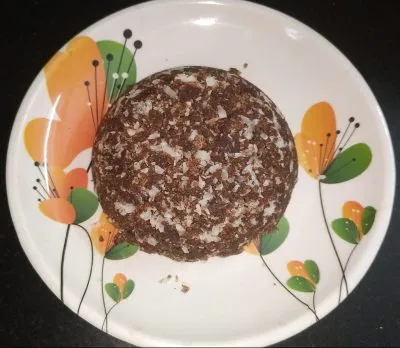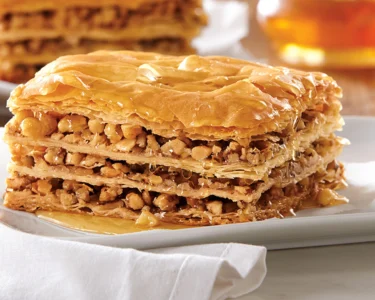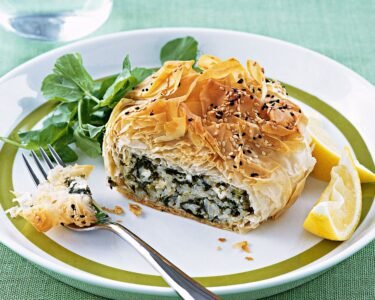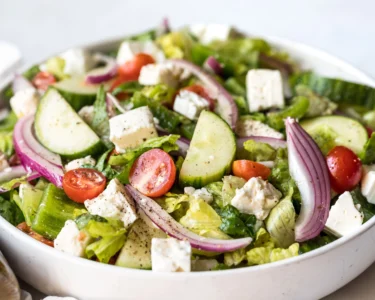Ragi, also known as finger millet, is a powerhouse of nutrients, especially iron, making it an excellent choice for anyone looking to increase their iron intake. One of the most delicious ways to incorporate ragi into your diet is by making ragi puttu, a traditional South Indian dish known for its soft, steamed texture and earthy flavor. Rich in iron, fiber, and essential vitamins, ragi puttu is not only a nutritious breakfast or snack but also an easy-to-make dish that is both wholesome and delicious.
This iron-rich ragi puttu is ideal for those who are iron-deficient or simply looking to enjoy a healthy and filling meal. Ragi flour, combined with grated coconut and spices, creates a dish that is both satisfying and naturally gluten-free. Whether you enjoy it as a breakfast or an evening snack, ragi puttu provides an excellent alternative to traditional wheat-based options.
“Learn how to make an iron-rich ragi puttu. This healthy, easy-to-make dish uses ragi flour to provide a boost of iron, making it perfect for a nutritious breakfast or snack.”
Ingredients for Iron-Rich Ragi Puttu:
- Ragi Flour (Finger Millet Flour): 1 cup
- Grated Fresh Coconut: 1/4 cup
- Water: 1/2 to 3/4 cup (adjust based on the consistency)
- Salt: To taste
- Ghee or Coconut Oil: 1 tablespoon (optional, for a richer flavor)
- Cardamom Powder: 1/2 teaspoon (optional, for a fragrant touch)
- Sugar or Jaggery (optional): For sweetness, if desired
- Roasted Gram Dal (optional): For extra crunch (optional but adds texture)
- Banana Leaves or Puttu Maker: For steaming
Step-by-Step Instructions for Making Iron-Rich Ragi Puttu:
1. Prepare the Ragi Flour Mixture:
- In a large mixing bowl, take the ragi flour and gradually add water to it. Use your hands to mix the flour and water together to form a crumbly texture. The mixture should resemble damp sand.
- If you prefer a slightly sweet version, you can add sugar or jaggery at this stage, though traditional ragi puttu is usually served without any added sweetness.
- Add a pinch of salt to taste and mix again to evenly distribute the seasoning.
- If you’re using cardamom powder, sprinkle it in at this point for a fragrant aroma.
2. Prepare the Steaming Equipment:
- You can steam the ragi puttu using a puttu maker or idli steamer. If using a puttu maker, grease the tube lightly with coconut oil or ghee.
- If you don’t have a puttu maker, you can also use banana leaves to create a makeshift steaming vessel or simply use a regular steaming rack in a large pot.
- If using banana leaves, cut the leaves into rectangular pieces and shape them into cylinders to hold the ragi mixture.
3. Layer the Puttu:
- Once the steaming vessel is ready, start layering the ragi flour mixture and grated coconut alternately in the puttu maker or your steaming container. Begin with a layer of ragi flour, followed by a layer of grated coconut. Repeat the process until you have used up all the flour.
- The coconut adds richness and a slight sweetness, balancing the earthy flavor of the ragi. The layers also help keep the ragi puttu light and fluffy during steaming.
4. Steam the Ragi Puttu:
- Once the layers are complete, place the puttu maker or container over boiling water. Steam for about 15-20 minutes or until the ragi is fully cooked and has a soft, fluffy texture.
- If using a regular steaming rack, ensure the container is covered with a lid and steam until the ragi puttu is cooked through.
5. Serve the Ragi Puttu:
- Once steamed, carefully remove the ragi puttu from the steaming vessel and gently push it out. It should come out in a soft, cylindrical shape.
- Serve the iron-rich ragi puttu hot, topped with a little ghee or coconut oil for extra flavor. You can pair it with coconut chutney, banana slices, or even sambar for a more filling meal.
Health Benefits of Iron-Rich Ragi Puttu:
- Rich in Iron: Ragi is one of the best plant-based sources of iron, which is essential for producing red blood cells and preventing anemia. Regular consumption of ragi puttu helps increase iron levels in the body.
- Gluten-Free: Ragi is naturally gluten-free, making it an excellent choice for those with gluten sensitivities or celiac disease.
- High in Fiber: Ragi is rich in dietary fiber, which promotes good digestion, helps in weight management, and keeps you feeling full for longer.
- Rich in Calcium: Ragi is an excellent source of calcium, which helps strengthen bones and teeth, making it an ideal food for children and older adults.
- Good for Diabetics: Due to its low glycemic index, ragi is a healthy choice for people with diabetes, as it helps regulate blood sugar levels.
Tips for Perfect Iron-Rich Ragi Puttu:
- Consistency of the Flour Mixture: The key to perfect ragi puttu is in the consistency of the flour mixture. It should be damp but not wet, allowing the steam to cook the ragi perfectly.
- Add Extra Flavor: For added flavor, try adding a handful of roasted gram dal or chopped nuts to the mixture for extra crunch.
- Serving Ideas: While traditional ragi puttu is served with grated coconut, you can also serve it with curd, jaggery, or even fruit like bananas for a more satisfying breakfast.
- Steaming Alternatives: If you don’t have a puttu maker, you can use a steamer or a pressure cooker (without the weight) to steam the ragi puttu.
Conclusion:
Iron-rich ragi puttu is a simple, healthy, and delicious dish that’s perfect for anyone looking to boost their iron intake naturally. Whether you enjoy it as a breakfast or a light evening snack, this iron-packed treat is sure to energize you throughout the day. By incorporating ragi flour into your meals, you’re not only enjoying a dish full of flavor but also reaping the numerous health benefits of this ancient grain.
The beauty of ragi puttu lies in its versatility, as you can customize it with your favorite seasonings and accompaniments. Try it with a side of coconut chutney, a drizzle of ghee, or even as a sweet treat with some jaggery. This traditional dish will not only satisfy your taste buds but also nourish your body from the inside out.







